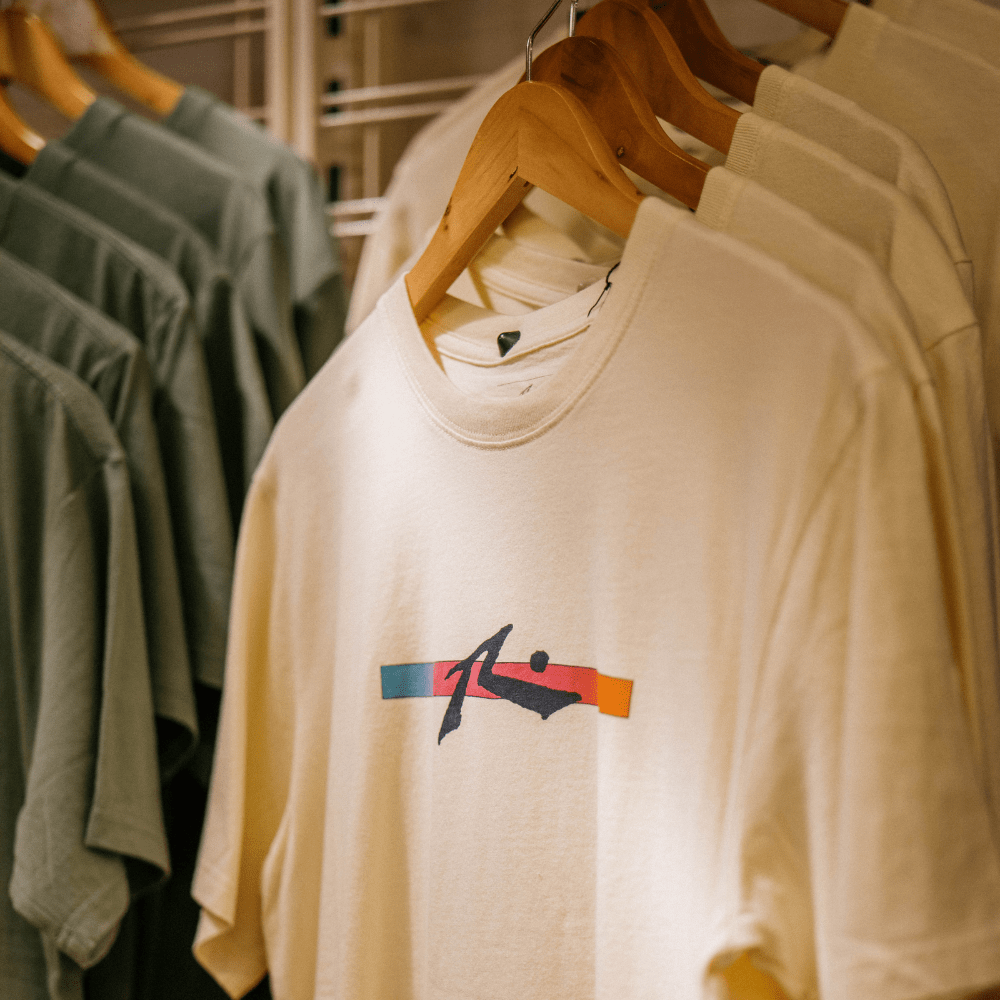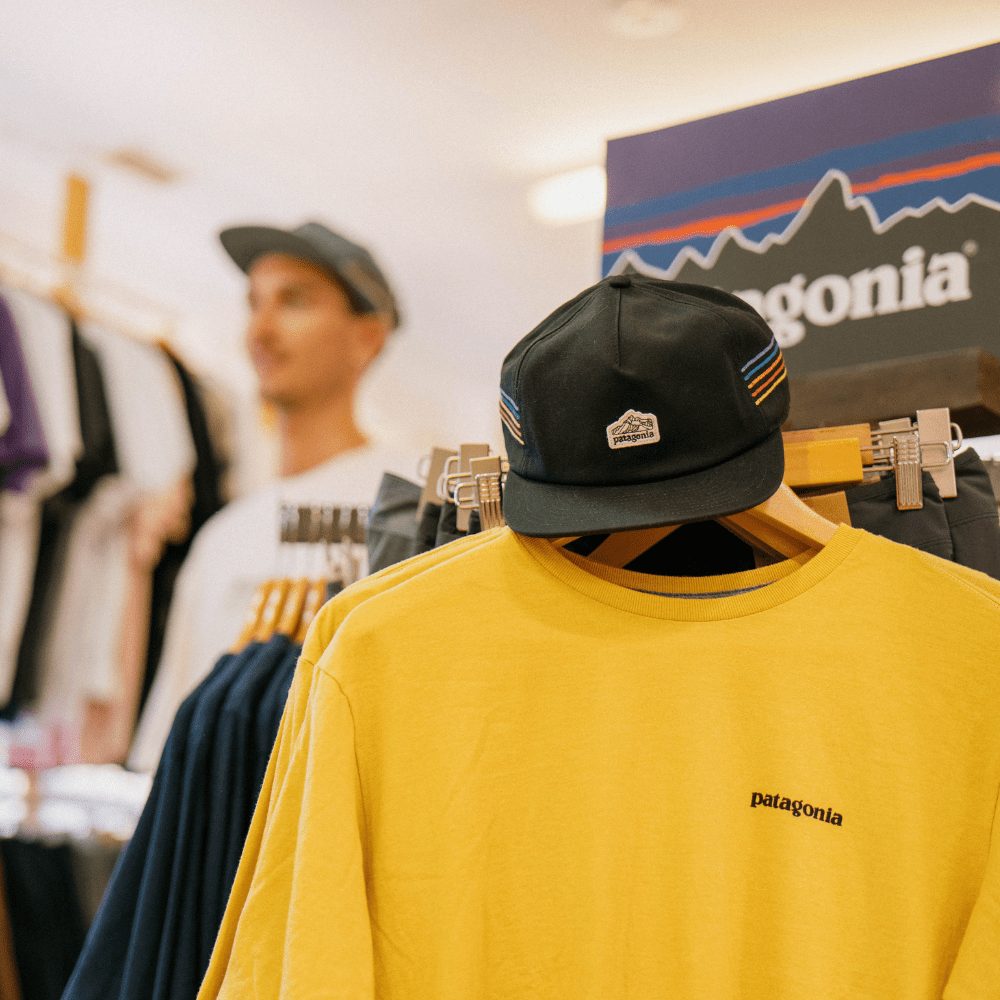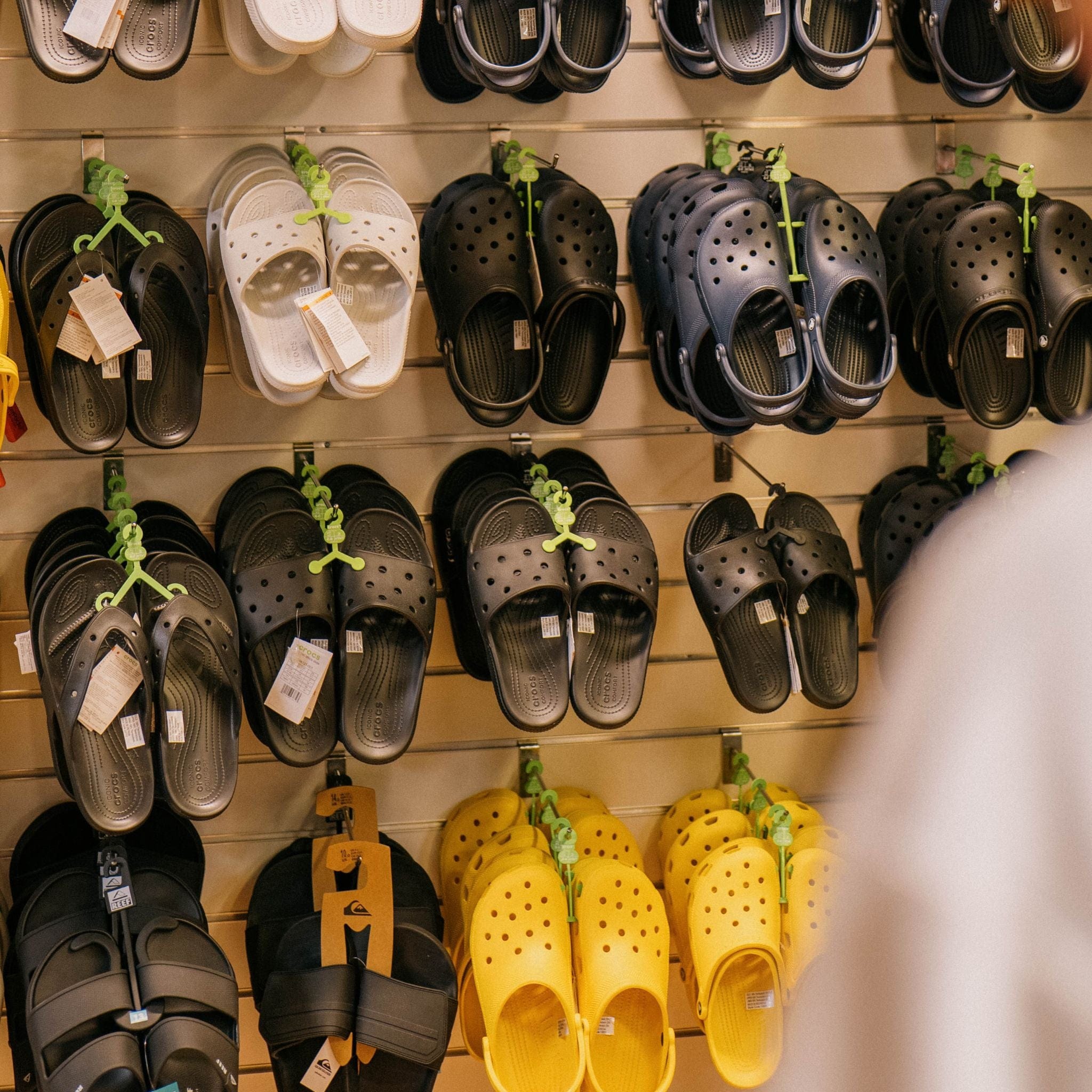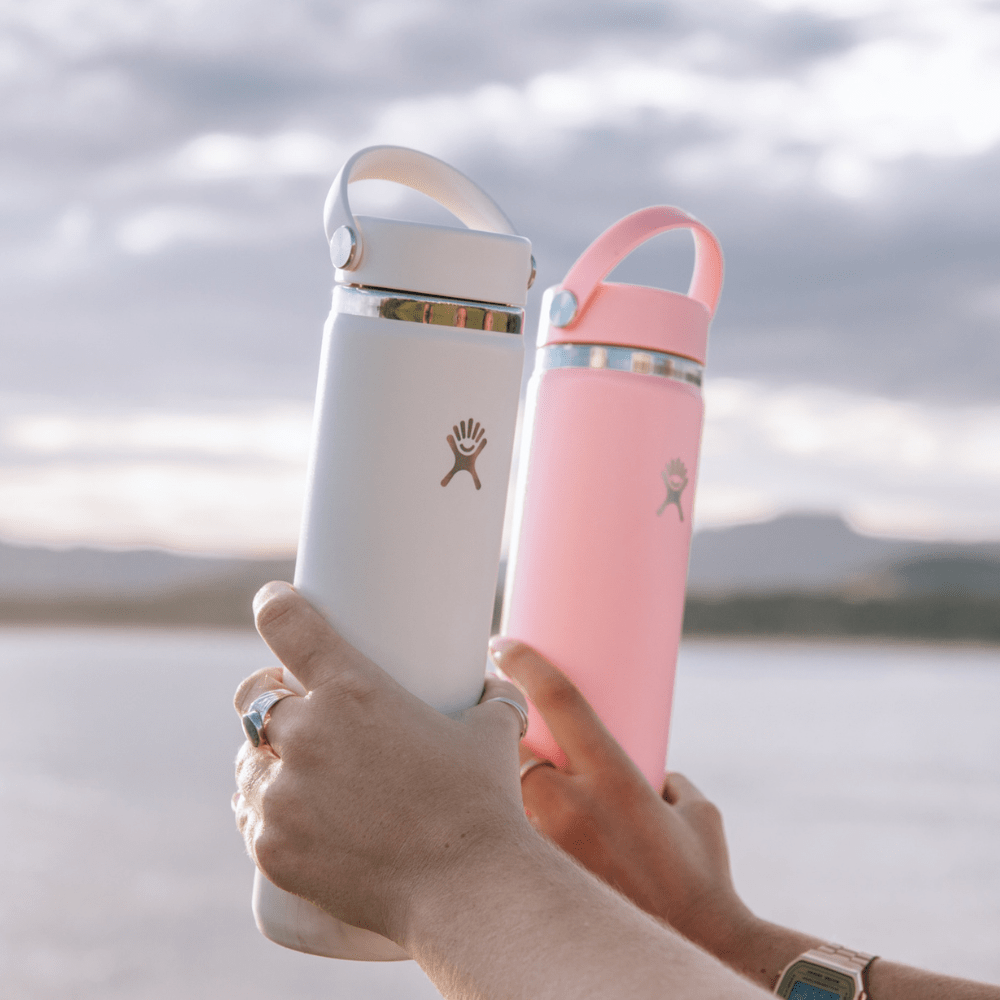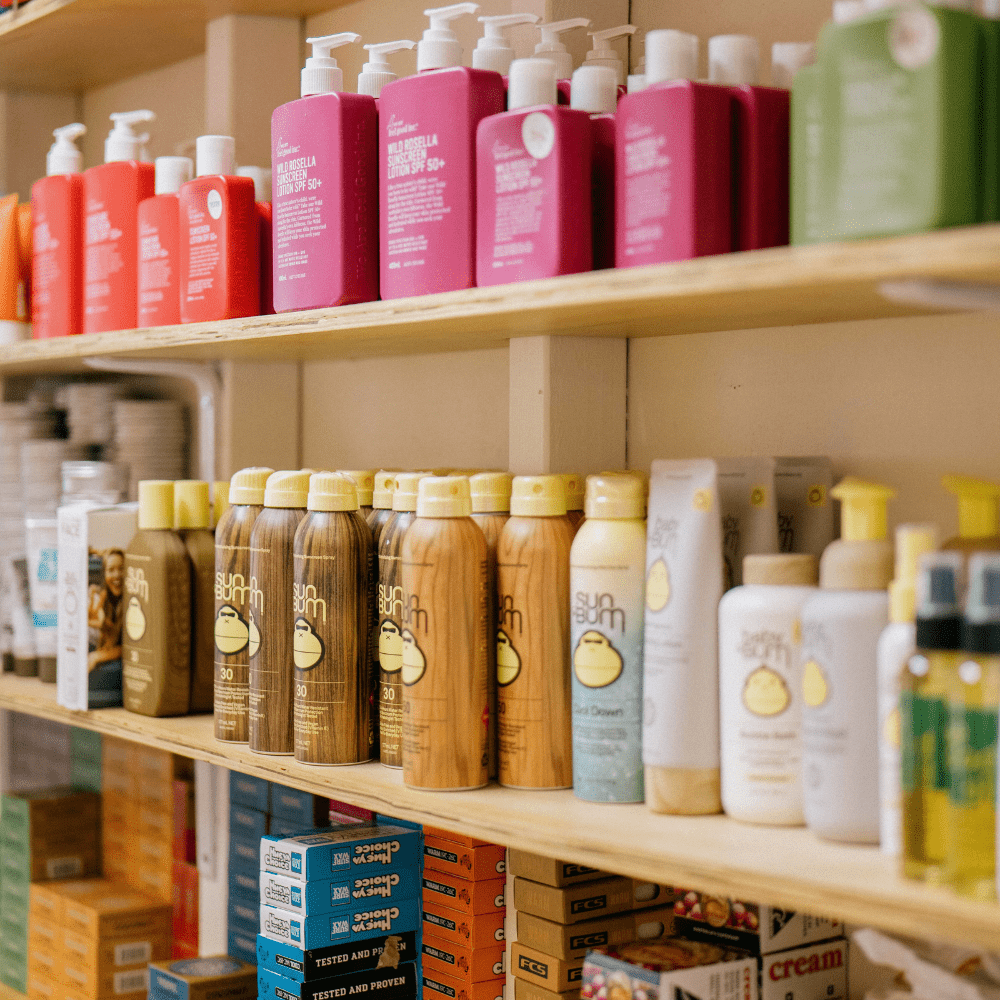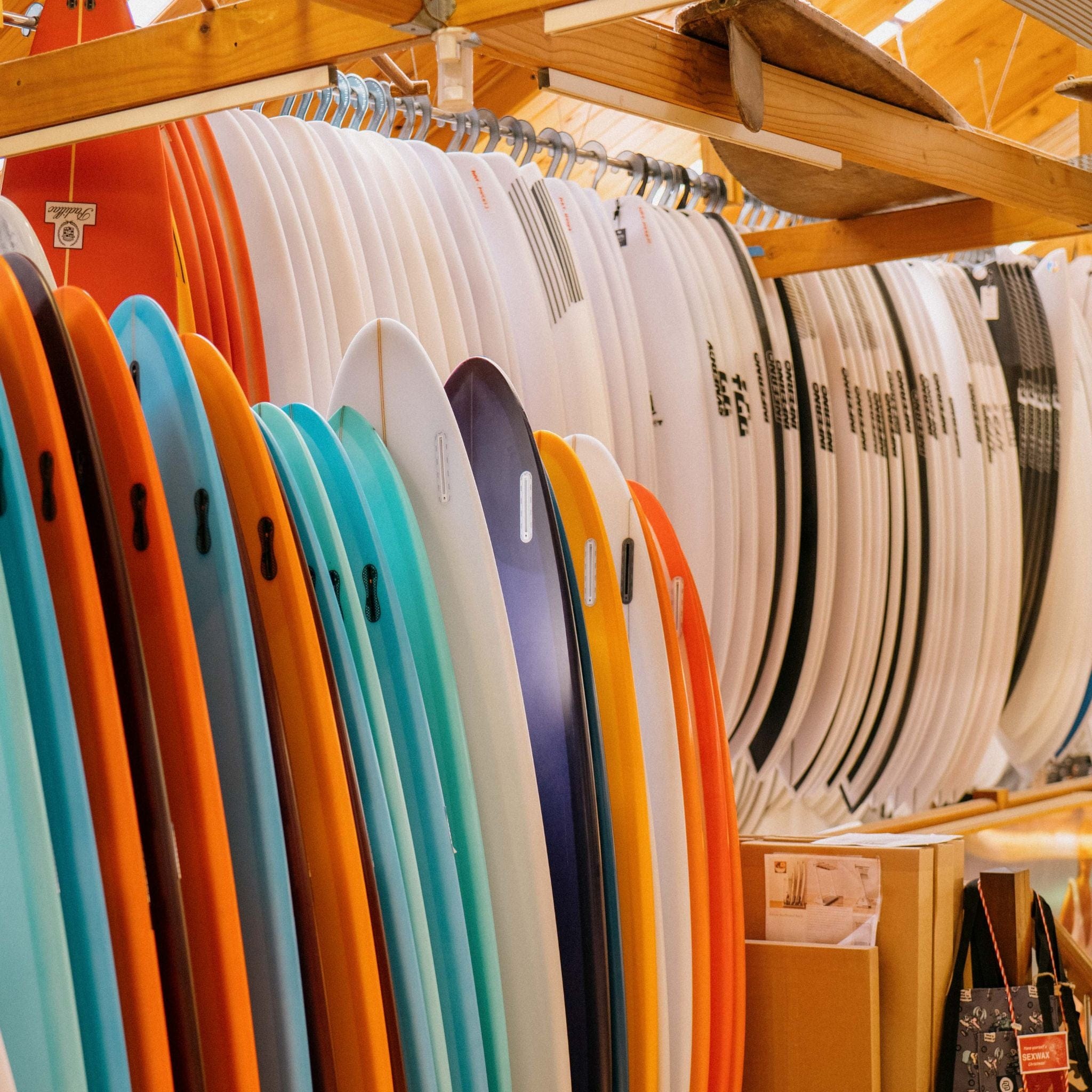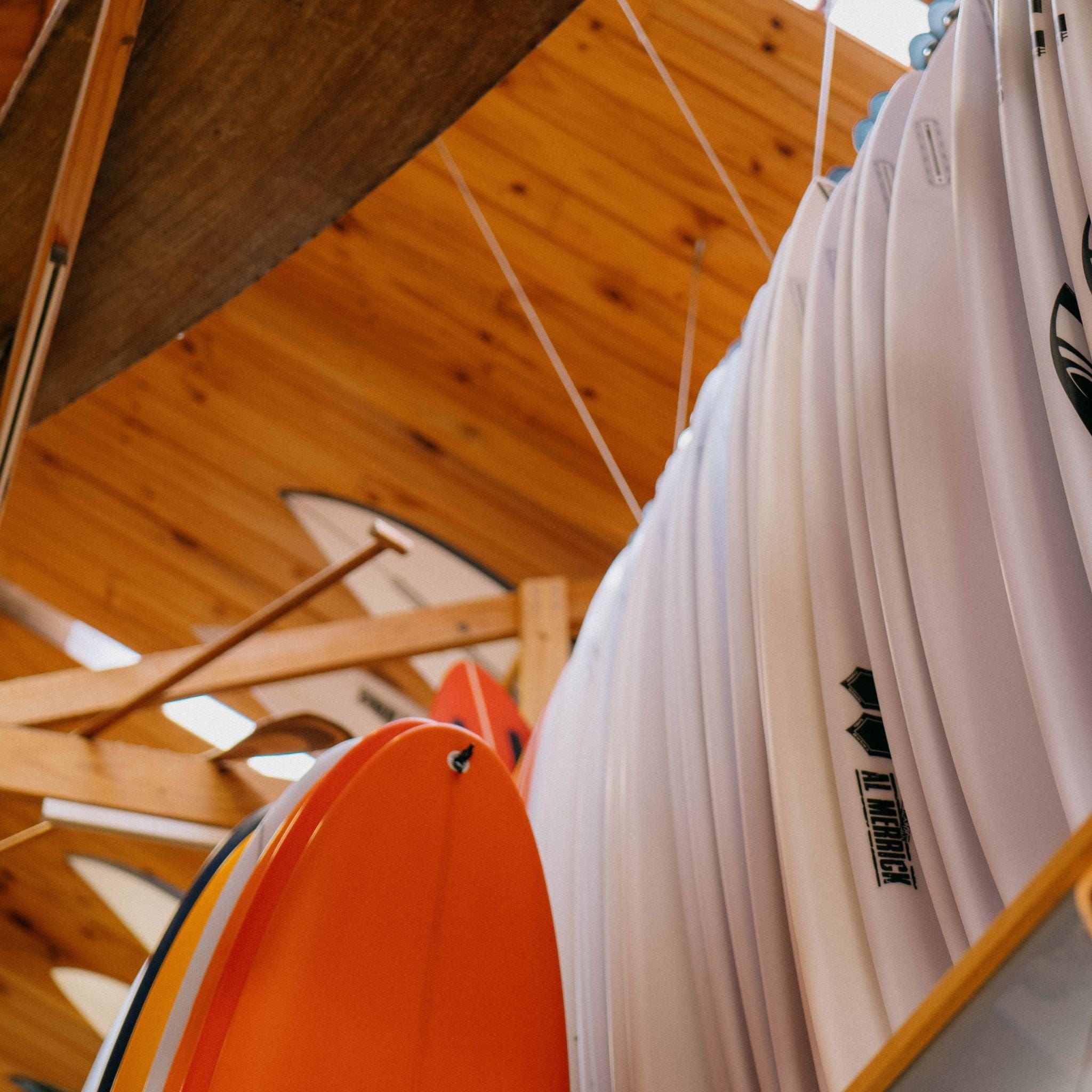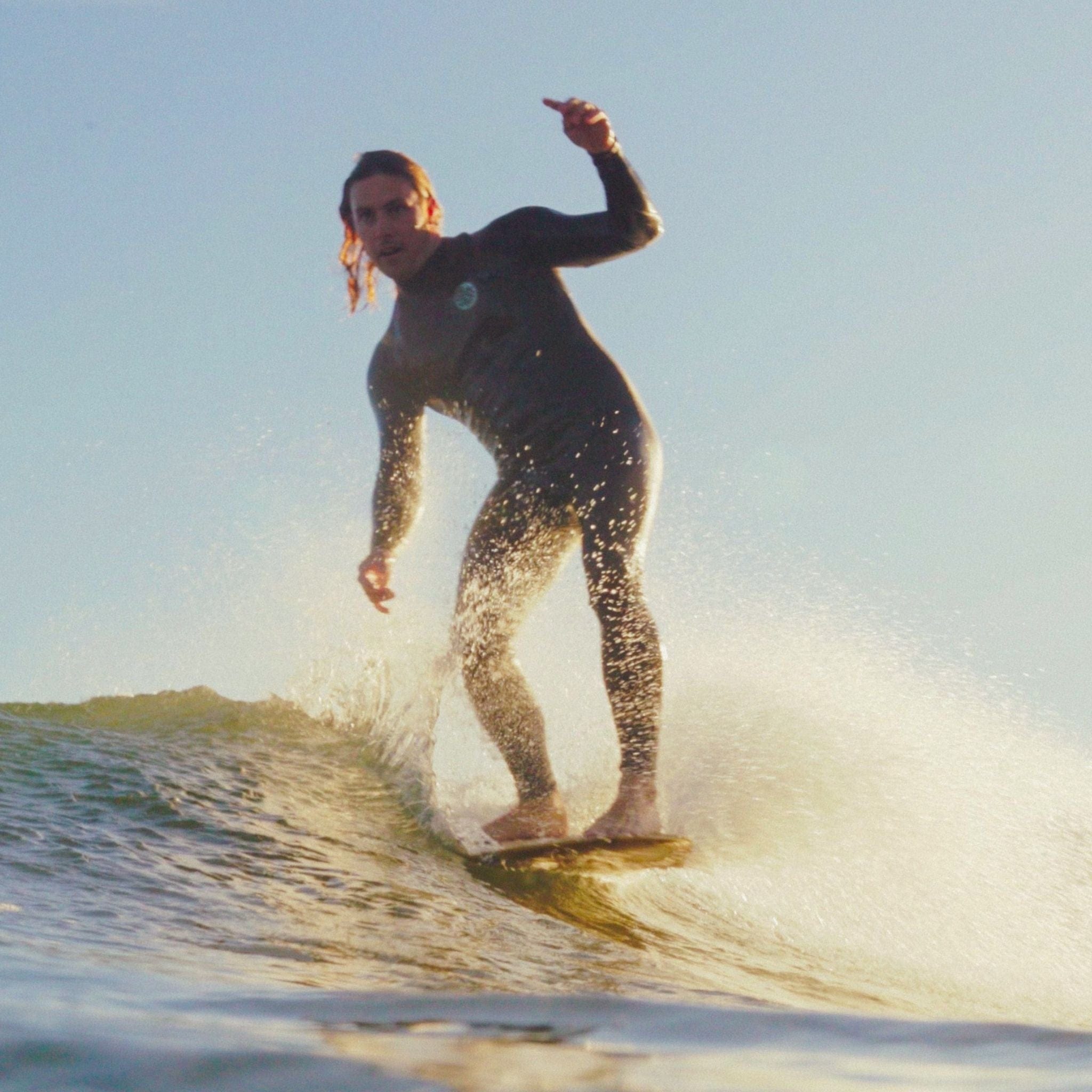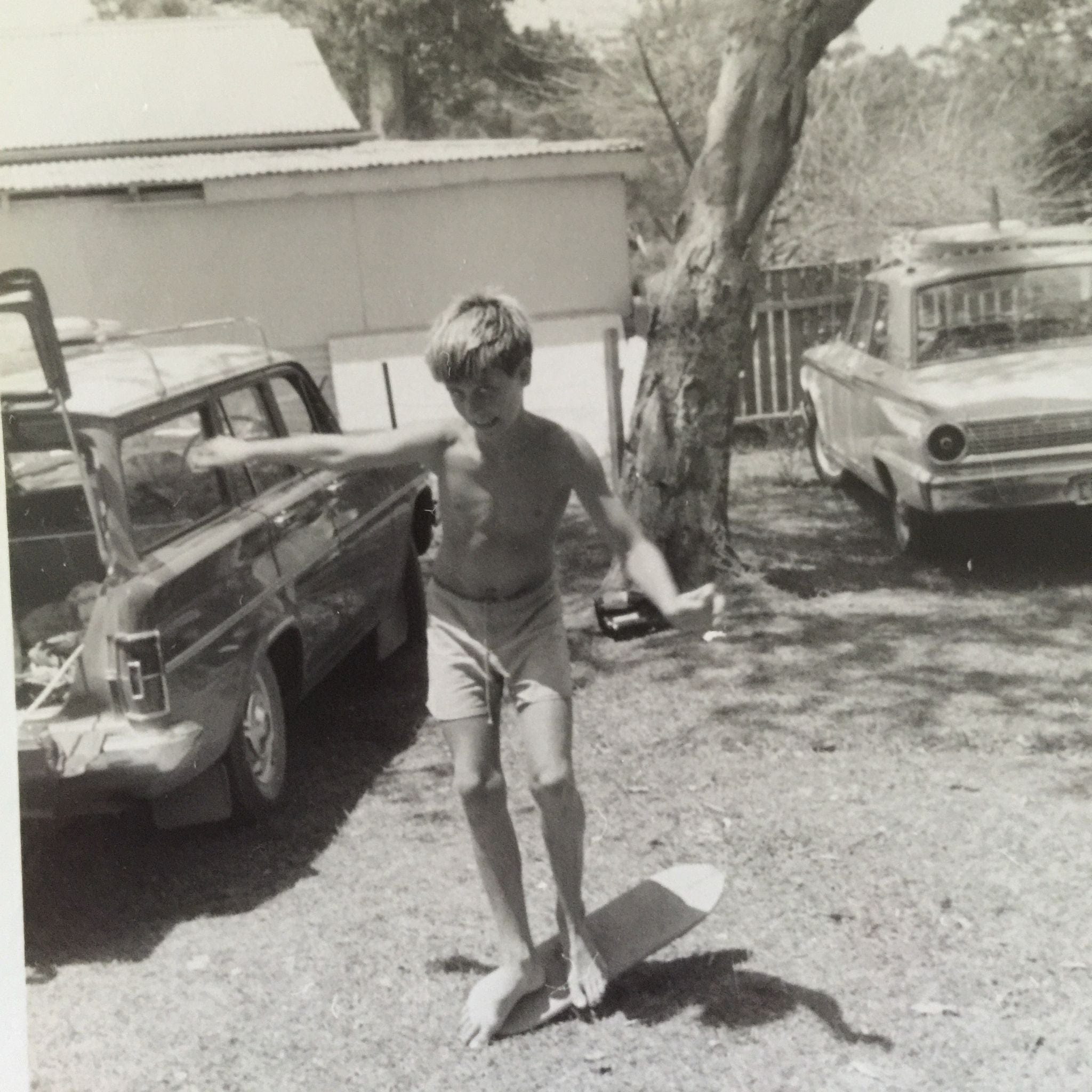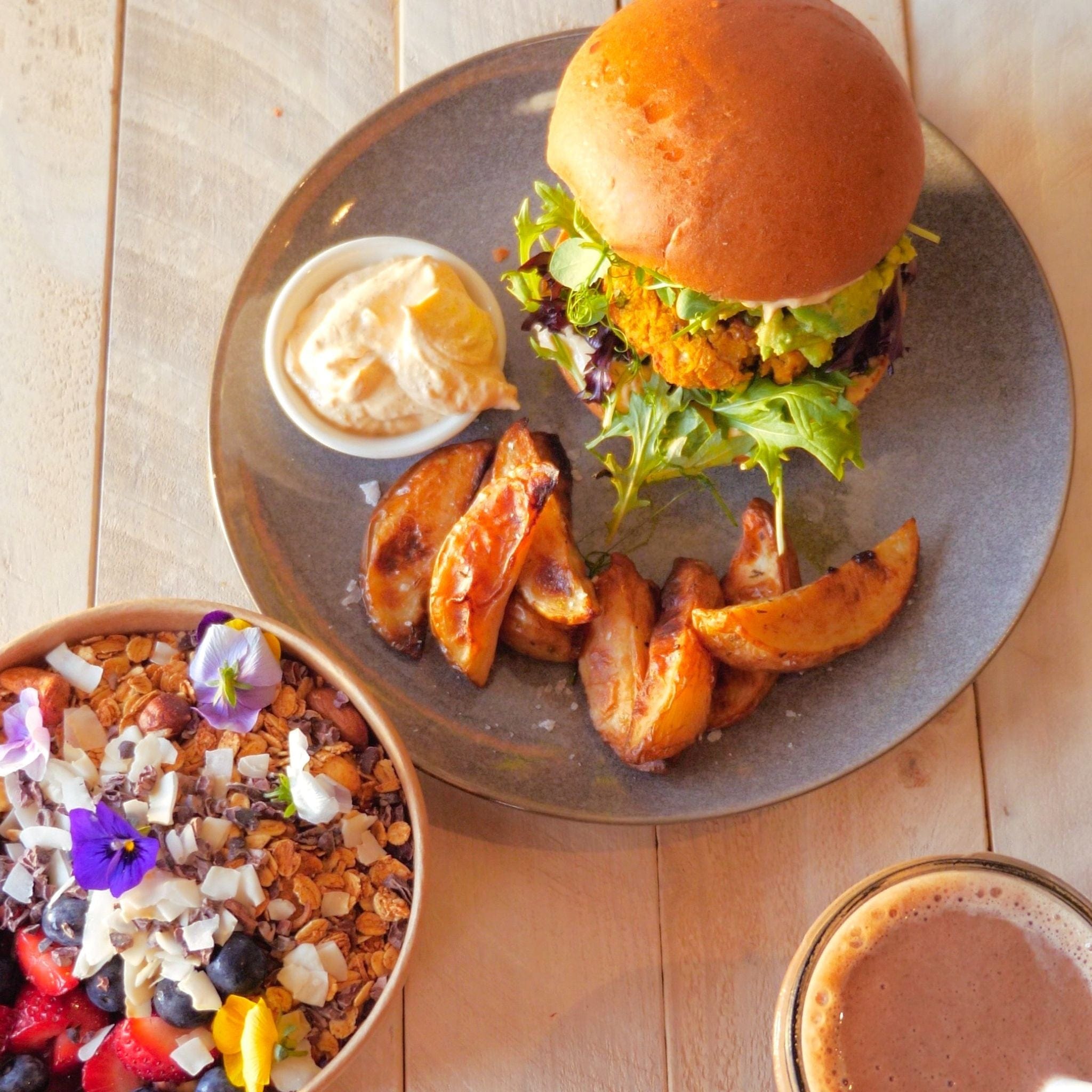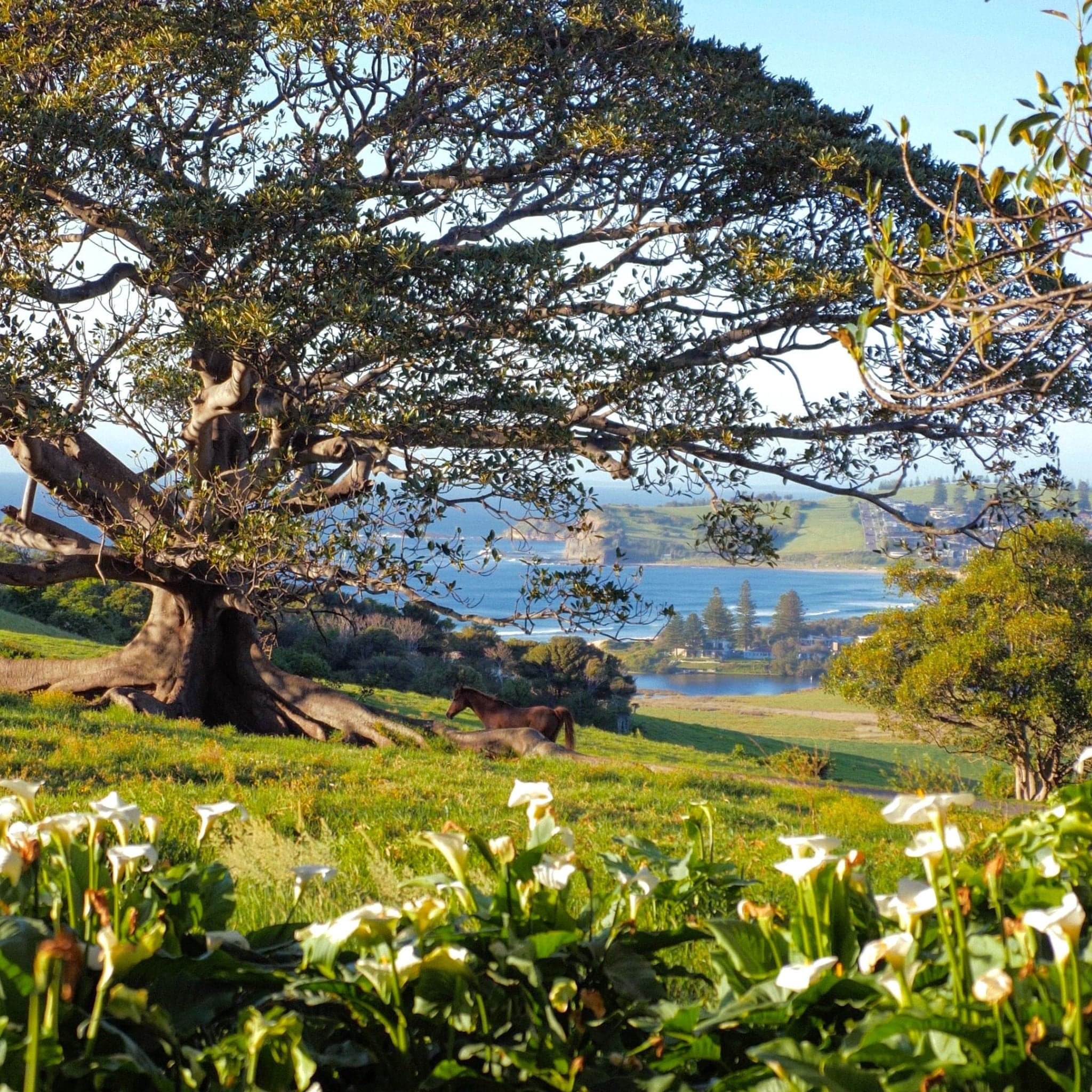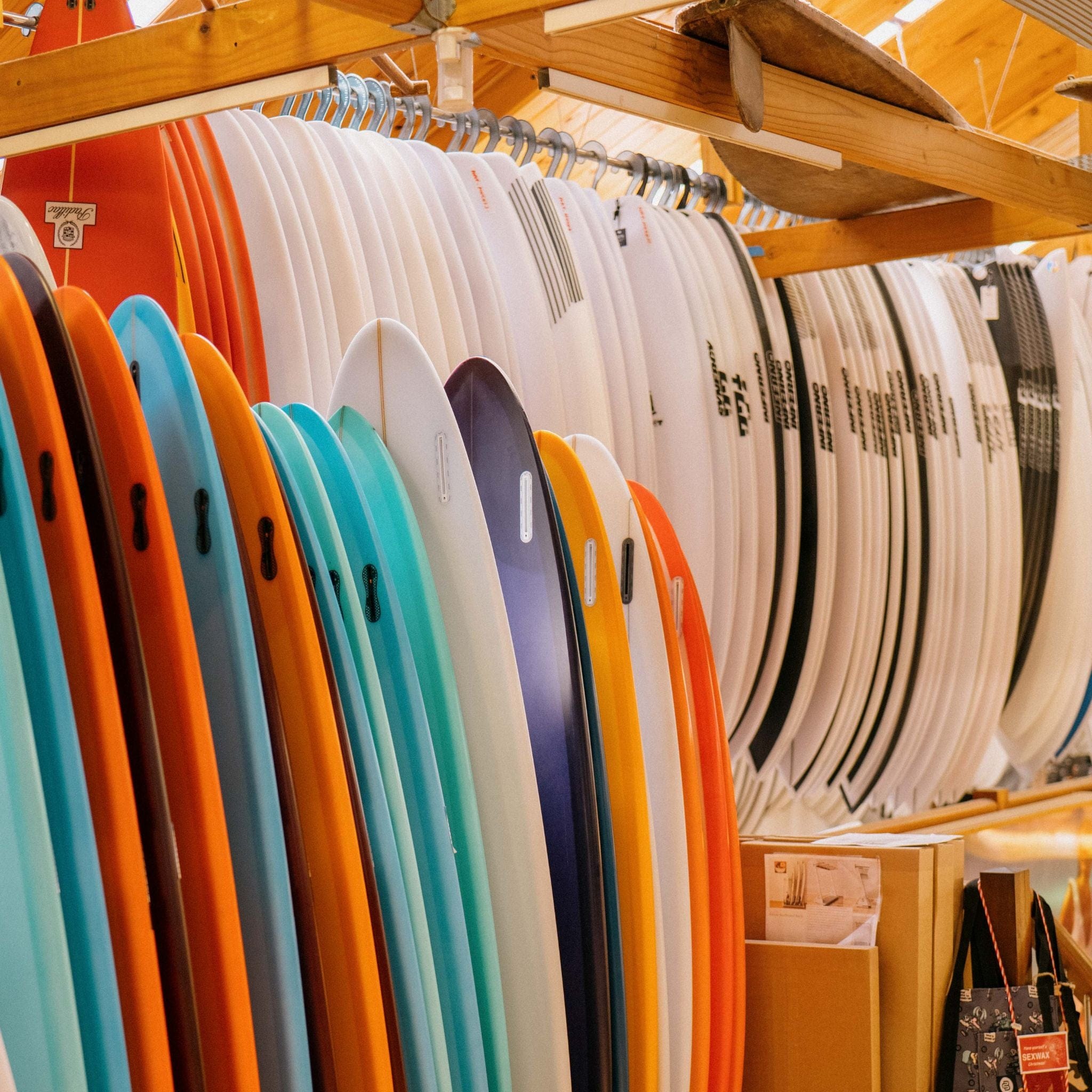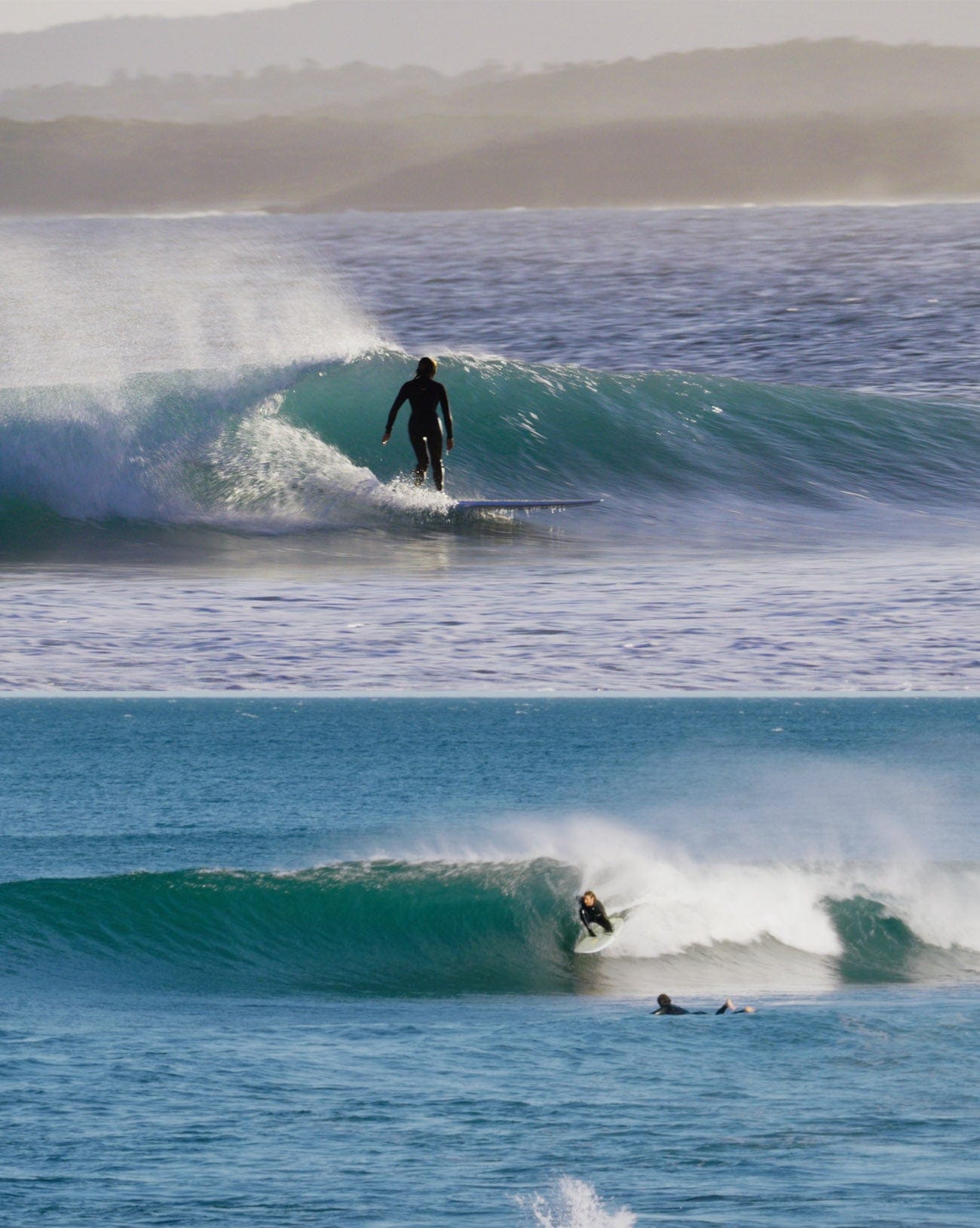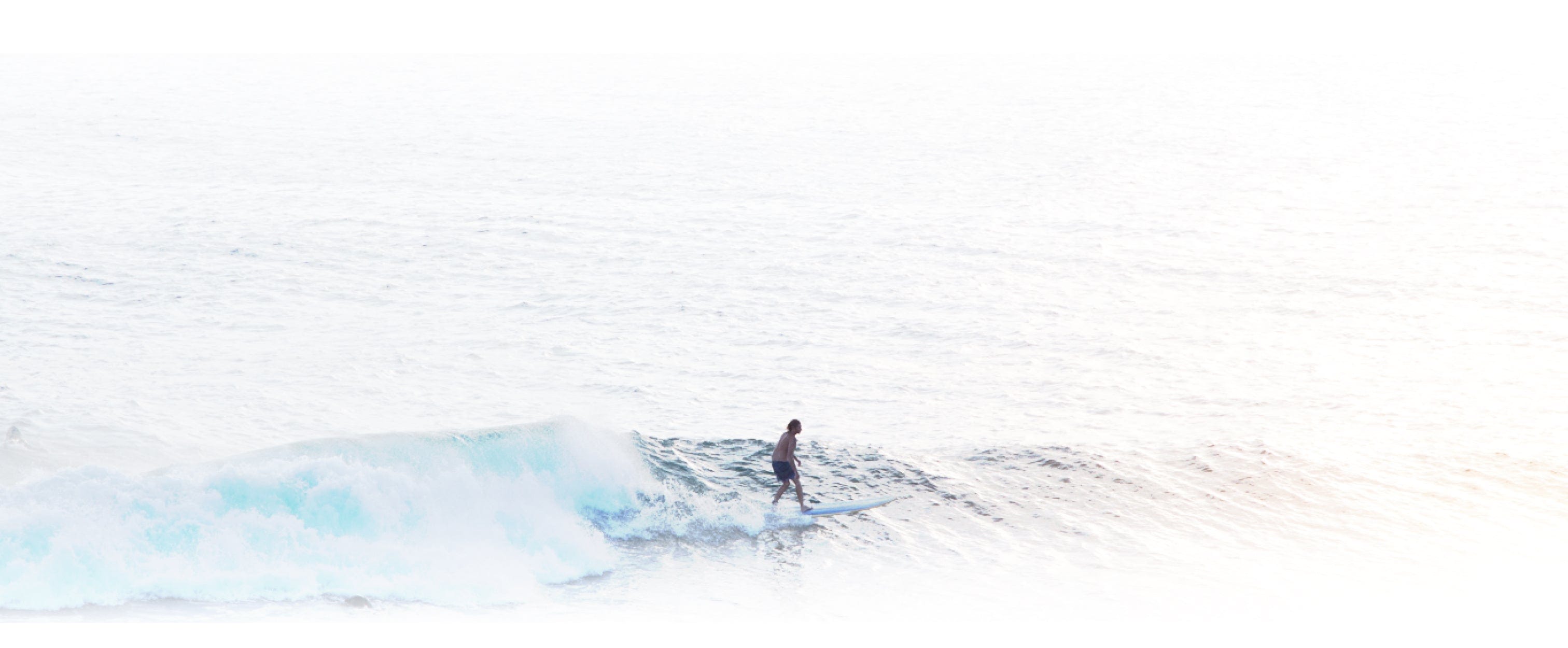Is there a more surf-nerd topic than the history of surfboard design?
Probably not. And when it comes to the development of modern surfboards, Australia has played a pivotal role.
We didn't create the first surfboards, mind you, but Aussies found themselves either at the forefront or deeply involved in every significant progression since the late 1950s.
These shifts in surfboard design have come about due to new ways of thinking, new technological advancements and a desire to push the limits of what's possible.
Looking to impress your mates with your surfboard IQ or simply improve your ability to pick better boards?
Check out this brief history of surfboard design.
The Ancient Origins of Surfing

Surfing has deep roots in Polynesian and Peruvian cultures.
In Polynesia, wave-riding was an integral part of life, with early surfers mastering the art using traditional boards like the Alaia crafted from local woods and the larger Olo reserved for chiefs. In the Hawaiian islands in particular, surfing was both a sport and a spiritual connection to the ocean.
Meanwhile, in ancient Peru, wave riding dates back thousands of years with the use of Caballitos de Totora: reed boats designed for fishing that can also be ridden on waves.
These cultures highlight the global and historic significance of surfing, long before it became the modern sport we know today.
Australia's Introduction to Surfing

Australia's love affair with surfing began in 1914-1915 when Hawaiian Duke Kahanamoku (a.k.a. The Duke) demonstrated the sport at Freshwater Beach, Sydney.
It was a landmark moment not just for The Duke and the people of Freshwater, but for the entire nation.
Here was this larger-than-life Hawaiian man, with his muscular physique, Olympic swimming credentials and infectious smile, riding waves on a long, wooden board as if it were the most natural thing in the world.
Needless to say, Aussies were hooked.
We took to surfing like, well, ducks to water. And after that initial introduction, it wasn't long before we developed our own unique style, culture and even surfboards based on The Duke's teachings.
Evolution of Surfboard Design

Boards during the era of The Duke were made of heavy wood and weighed up to 50 kg.
This meant that surfing was a physically demanding sport with solid surfboards that only the most skilled surfers were able to manoeuvres.
That all changed when American Tom Blake – perhaps the second most influential figure in surfboard design history after The Duke himself – invented the hollow surfboard in 1929, becoming one of the pioneers of commercial board building in the process.
(Side note: he even introduced surfing to the masses by becoming the first surf photographer ever!)
This revolutionary design was more responsive and user-friendly than its predecessors thanks to its hollow construction. It consisted of a plywood frame with an open cavity that was then covered with mahogany veneer and sealed with waterproof glue.
Boards became lighter. Faster. More manoeuvrable.
But the hollow board was just the beginning of the evolution of surfboard design.
Surfboard history took another turn in 1935 when Tom Blake tore the fins off a disused boat and attached them to his surfboard. This seemingly small addition would change surfing forever.
The fins increased stability, allowing surfers to turn and control their boards with greater ease. With this new level of control, surfers were able to ride bigger waves and perform technical turns.
The modern surfboard as we know was slowly but surely taking form.
From there, the materials and construction of surfboards continued to evolve.
Balsa wood was used in the 1940s, followed by fiberglass in the 1950s, polyurethane foam in the 1960s and epoxy resin. The Malibu surfboard because the board de rigueur.
These advancements made boards even lighter, more buoyant and easier to shape.
As surfing gained popularity around the world, different styles of board design emerged.
From longboards to shortboards, fishes to rhino chasers – each with their own unique characteristics for different types of waves and riding styles.
The Australian Surfboard Revolution

While most of the early innovations were pioneered in the Hawaiian Islands and California, Australia played a significant role in the evolution of modern surfboards.
The "Brookvale Six", which refers to a group of Australian surfboard manufacturers based in the Sydney suburb of Brookvale, were instrumental in pushing the boundaries and driving innovation in the industry during the 1960s… despite Brookvale having no coastline!
These six blokes (Barry Bennett, Bill Wallace, Denny Keogh, Gordon Woods, Greg McDonagh and Scott Dillon) were all former lifesavers who turned their passion for surfing into a successful business.
They introduced new materials like polyurethane foam materials and fiberglass to the market, creating lighter, snappier surfboards which revolutionised the sport.
Their contributions didn't stop there. They also experimented with shorter board designs while swapping the single fin for the twin fin setup, which eventually paved the way for what is now known as the "shortboard revolution".
This shift towards these lighter, more performance-oriented boards made it easier to manoeuvre in the waves and opened up a whole new world of possibilities for surfers.
Like a drop of water creating a ripple that radiates outwards, their impact on the surfing community spread beyond Australia and influenced surfboard design worldwide.
Tommy Peterson. Simon Anderson. Mark Richards.
These-surfers-turned surfboard shapers played a crucial role in the evolution of surfboard design and performance.
From round nose, ancient surfboards to pointed nose board designs, these surfers took their passion for surfing and their knowledge of the waves to create innovative board designs that have shaped the sport we know today.
Simon Anderson is worth a special mention in this regard. The taciturn north-of-the-bridge Sydneysider is considered to be the father of the three fin (thruster) design that is used by almost all professional surfers today.
This fin configuration and profile is found in the modern day surfboard, and much of the high performance surfing you see on TV, whether it's with Australian shapers like JS or US shapers like Channel Islands Surfboards, features the thruster.
Indigenous Australian Surf Culture
Indigenous Australians have a deep connection to the ocean, stemming from their traditional watercraft practices.
This connection has been passed down for thousands of years, shaping their relationship with the sea and influencing modern Indigenous surf culture.
The first Australian watercraft (before Australia was "Australia”) were bark canoes. These vessels were used for fishing and transportation along waterways, lakes and coastal areas.
As Indigenous people moved to different parts of the continent, their watercraft evolved to suit the local conditions.
The Torres Strait Islanders of northern Australia adopted the dugout canoe made from a single hollowed-out tree trunk with outriggers for stability.
These canoes were used for long-distance travel between islands and as far as Papua New Guinea. And while they bear marginal resemblance to modern surfboards, these ocean-going craft overlap in the sense that they were used to harness the ocean's power and navigate its waves.
Modern Indigenous Australian surfers like Lunghi Slabb, Otis Carey and Jasmine McCorquodale continue to honour their ancestors' connection to the ocean through their love of surfing.
Modern Innovations and Sustainability

Eco-friendly materials
Manufacturers have continued to experiment with materials and shapes to improve performance and sustainability.
In recent years, there has been a growing trend towards environmentally friendly surfboard production, with companies like Sustainable Surf and Poloya using alternative materials like paulownia wood and biodegradable foam cores, recycled materials plus bio-resins to create more sustainable modern boards.
The hope is that this will reduce the environmental impact of surfboard production and create a more sustainable future for the sport without compromising on performance – a topic that's always held back the adoption of eco-friendly products.
Technology
Advancements in surfboard technology are now reshaping (pardon the pun) surfing history and the broader surf industry.
Computer Aided Design (CAD) has allowed shapers to create more precise, custom designs tailored to individual surfers' needs.
A CAD machine has also exponentially increased production speed and accuracy, allowing shapers to turn foam blanks into finished boards in a matter of hours.
The use of 3D printing technology has also opened up possibilities for experimentation regarding construction techniques, with new outlines that hand shaped boards of yesteryear could never achieve.
Design
Surfboard fins have also come a long way from the traditional single fin box, with the invention of the removable fin system and adjustable fins allowing surfers to fine-tune their board's performance for different wave conditions.
Beyond the removable fin, tail shapes, traction pads and even fan-powered surfboards are some of the more recent innovations in the world of surfboard design.
Innovations like the latter might never catch on amongst mainstream surfers. And while the typical twin fin, thruster setup or modern longboard shapes will remain timeless, it's nice to know that people are still experimenting and pushing the boundaries to create something new.
Conclusion
We might not have invented the surfboard, but like the meat pie and yeast-based spreads, we've damn sure made them our own.
Surfboard design has come a long way, evolving from heavy wooden planks to the sleek, lightweight boards we see today. And Australia has played a pivotal role in shaping surfing culture and innovation, with its rich history of wave-riding and world-class surfers leaving a lasting impact.
It's important to take a moment to appreciate the craftsmanship and ingenuity that go into creating surfboards. From the smallest detail to the overall design, each board is a testament to the art and science of surfing honed, refined and reshaped over decades.
Looking to get your hands on a new sled, tail pad, surfboard leash or wettie?
Hit us up for surfboard tips.
Our team will hook you up with a wave-catching, tube-riding, rail-carving work of art!

